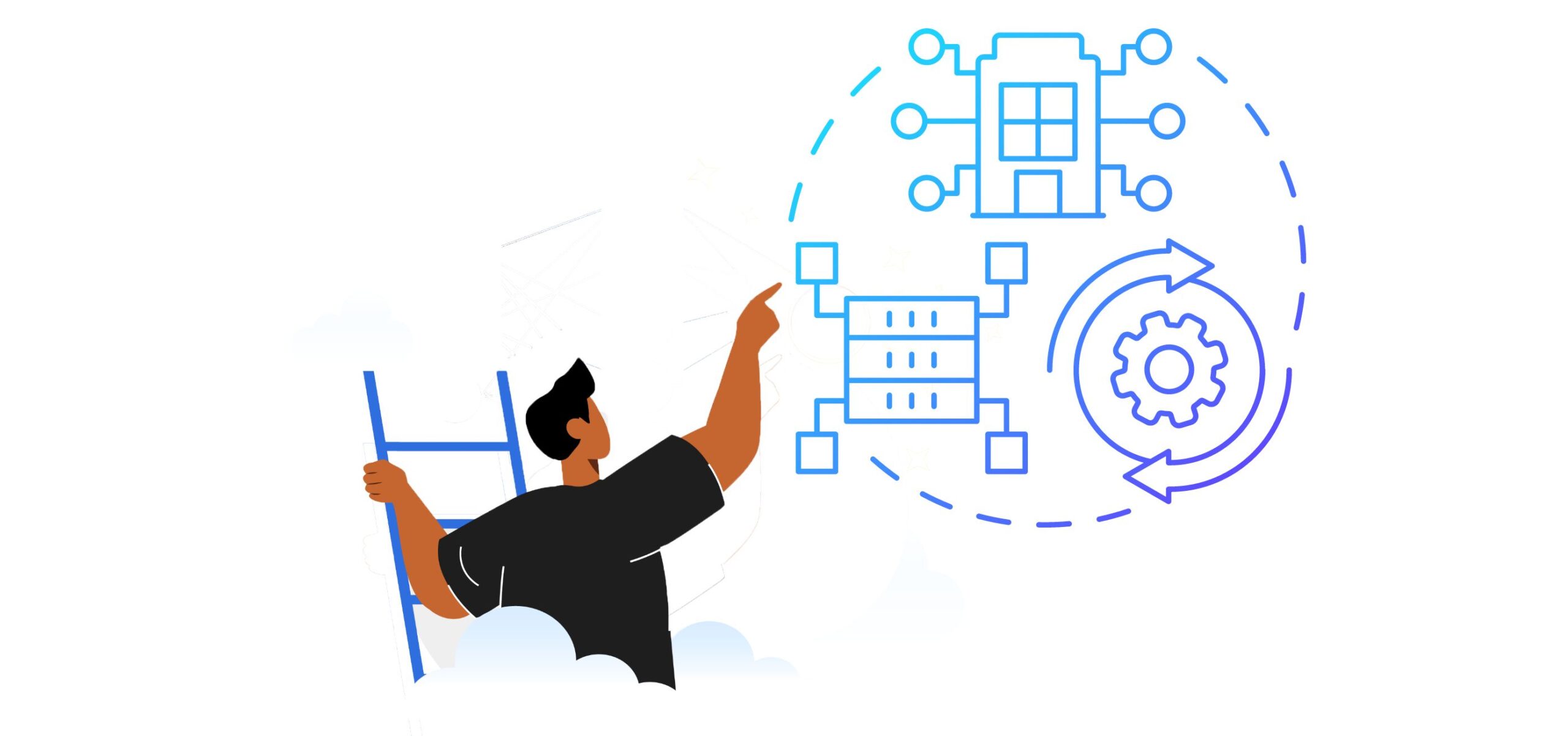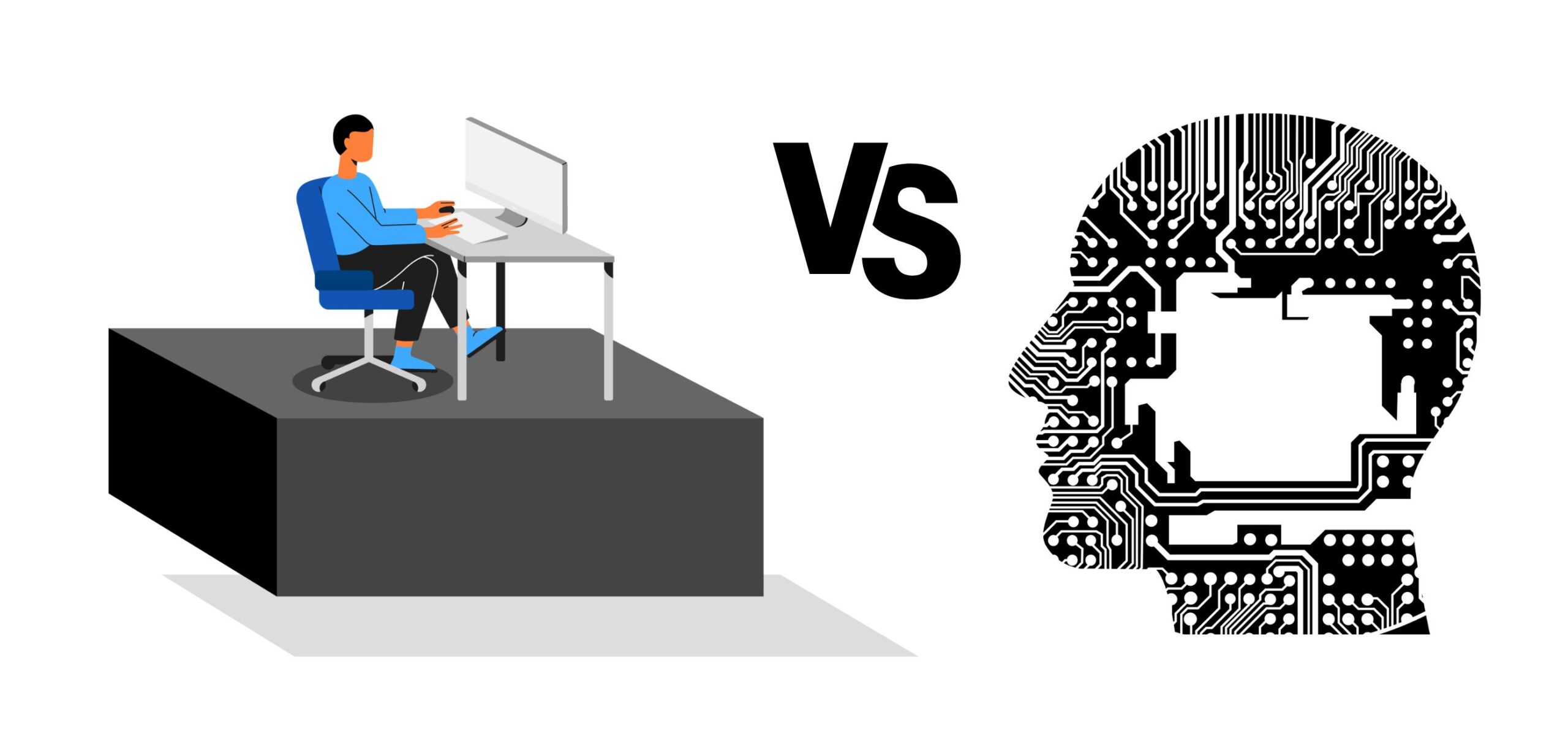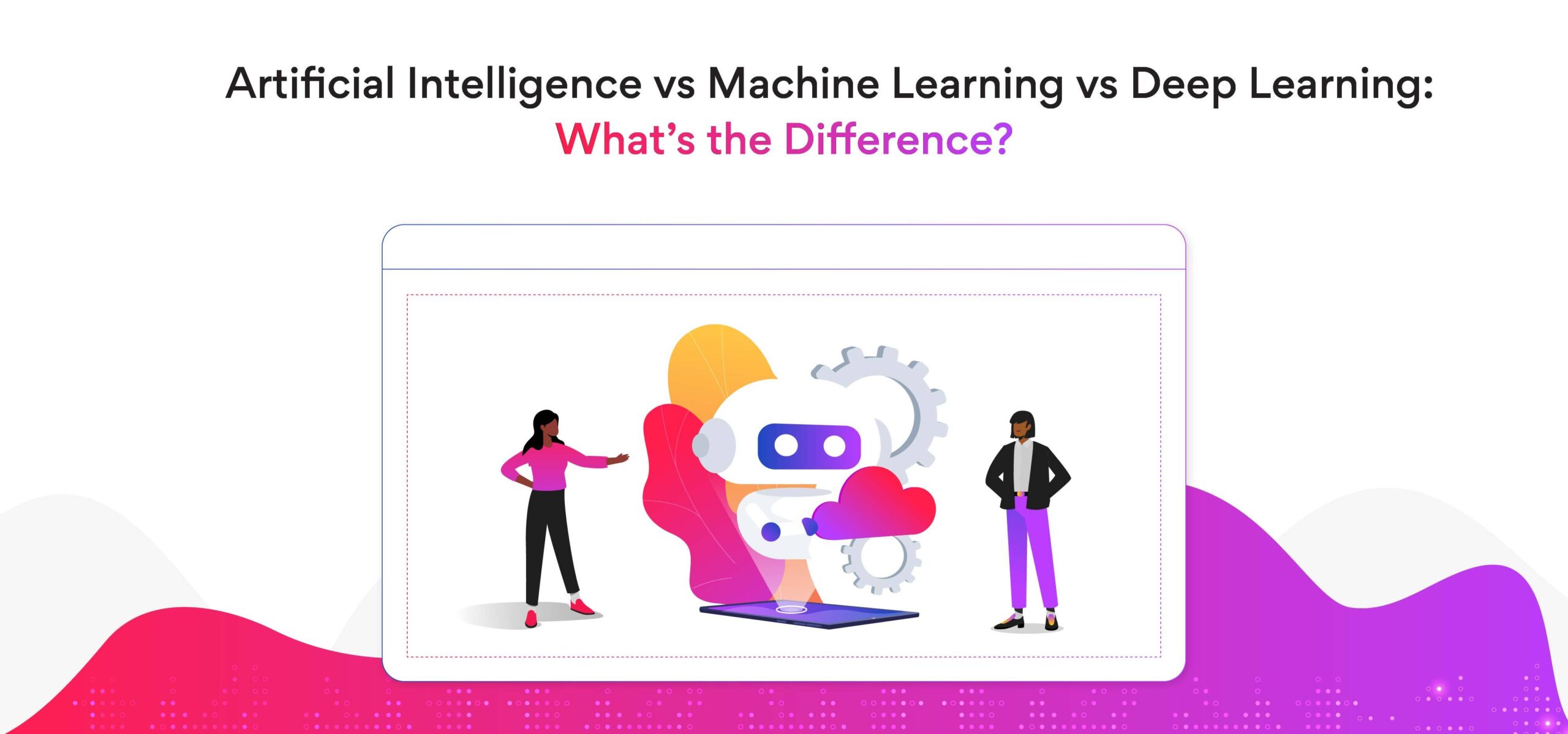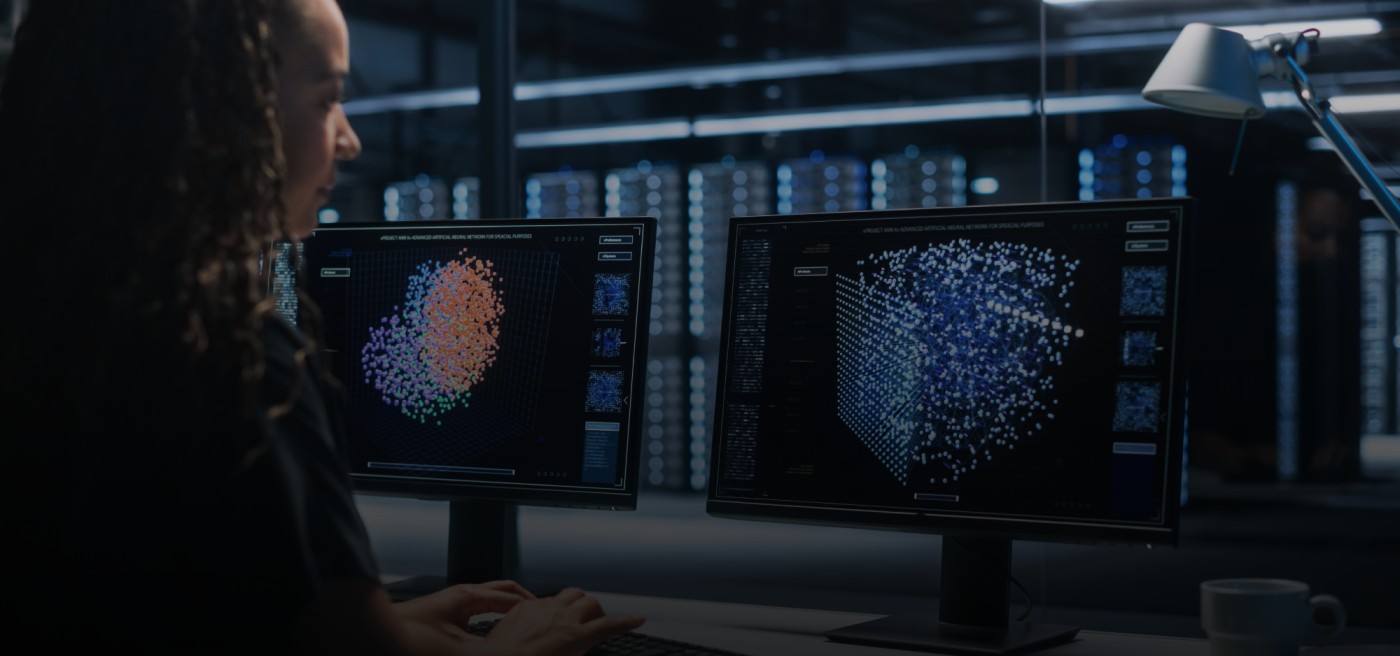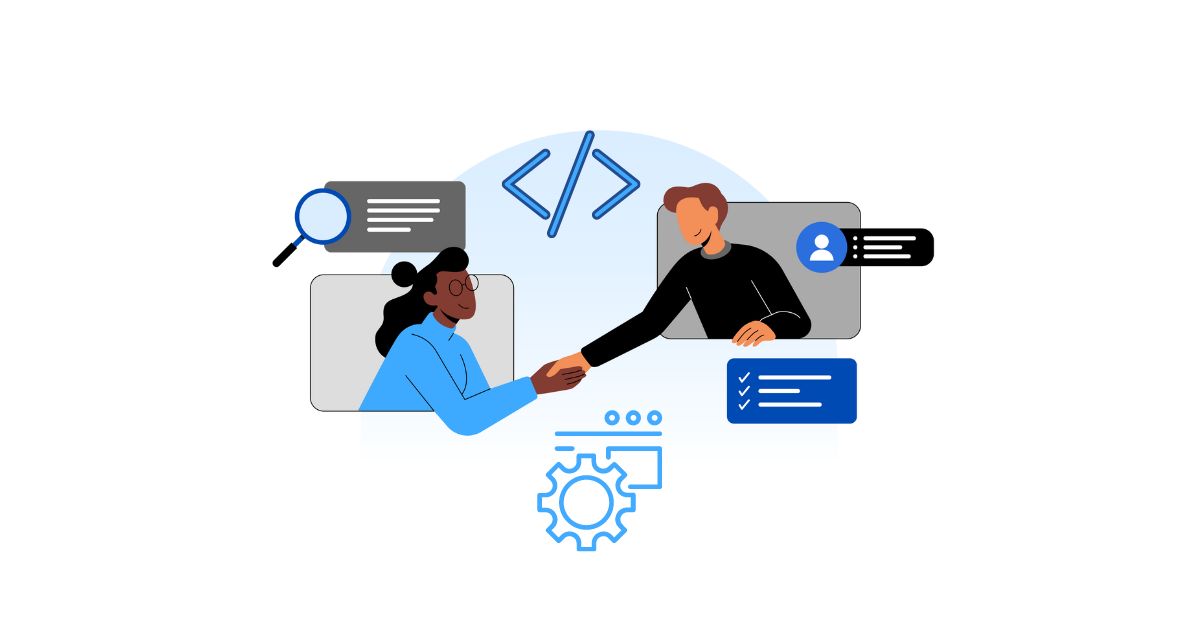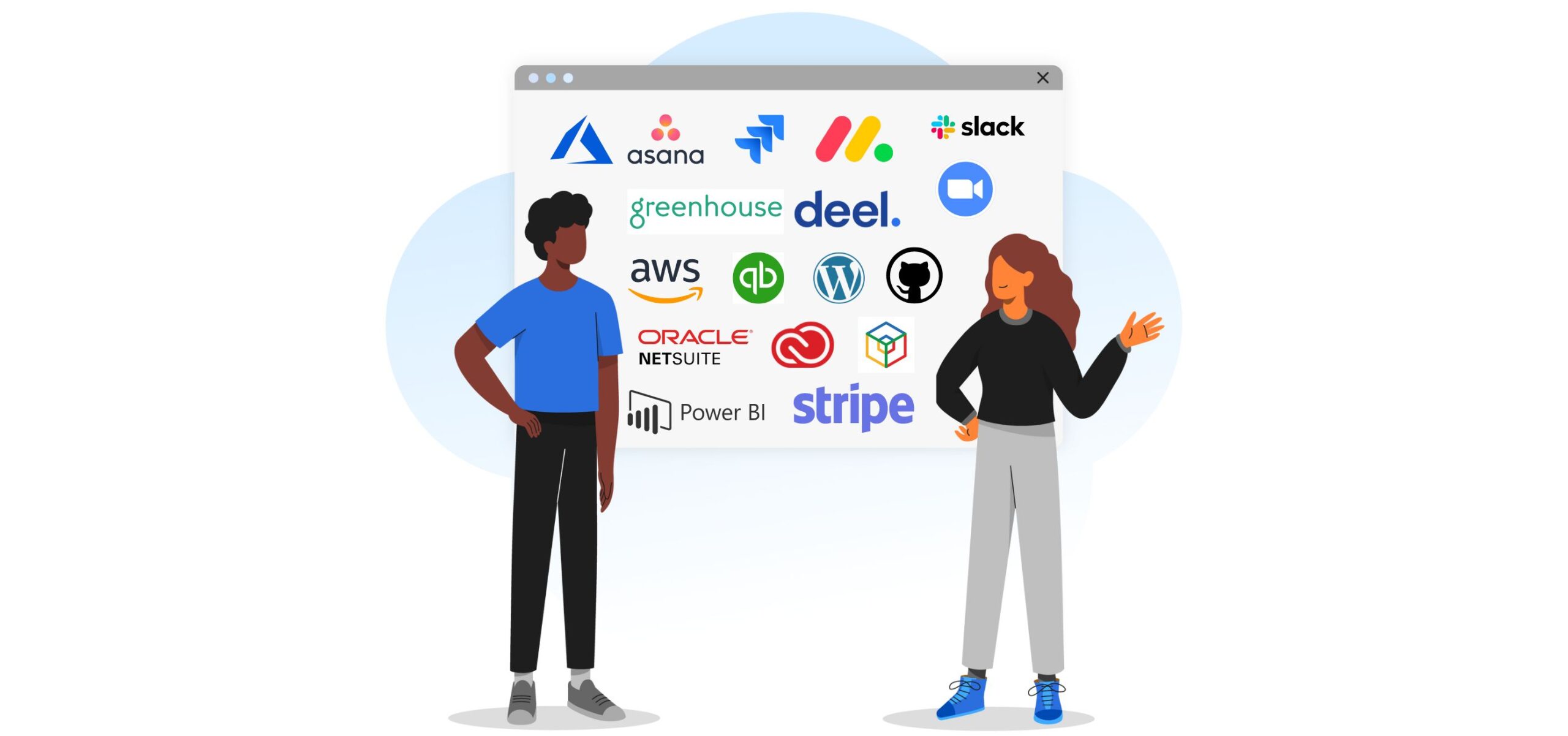5 Trends Influencing GenAI in 2024
Generative AI has been changing the tech world over the last few years, and its emergence is already impacting our way of working and living. But it’s not merely about the advancement of machines or the automation of tasks; rather, GenAI is generating a profound transformation in how we interact with technology, how industries operate, and how we navigate our daily lives.
So the real question is: what comes next? What’s the future of GenAI? Here’s everything you need to know about trends influencing GenAI in 2024.
What is GenAI?
Generative AI refers to intricate deep learning models that learn from training data to produce new content, including text, images, videos, or music. These models undergo training on different datasets to deliver original content resembling humanlike creations. One of the most renowned examples is OpenAI’s ChatGPT, a generative AI chatbot grounded in natural language processing (NLP) which has democratized the capabilities of GenAI by making them accessible to all, regardless of coding knowledge.
5 trends influencing GenAI in 2024
- Generative design
Generative AI is expected to revolutionize the field of product design and development. By leveraging generative design tools, designers can generate numerous prototypes and variations in a fraction of the time it would take through traditional methods. This rapid iteration process enables designers to uncover innovative solutions, optimize designs for specific requirements, and even discover new approaches that may not have been considered otherwise.
Platforms like Autodesk are at the forefront of integrating generative AI functionality into design tools, providing designers with powerful capabilities to simplify the product development process. These tools enable designers to create digital twins of their prototypes that allow for virtual testing and simulation to evaluate factors such as structural integrity, thermal performance, and aerodynamics. By simulating real-world conditions and analyzing the results, designers can iterate and refine their designs, leading to more robust and reliable final products.
As these technologies continue to evolve and mature, we can expect to see increasingly sophisticated applications across a wide range of industries that drive further advancements in design and engineering.
- Generative video
Generative video tools empower users to create professional-looking videos without the need for extensive technical expertise or expensive equipment. By simply inputting parameters such as desired style, theme, and content, users can generate customized videos tailored to their specific needs. Whether it’s creating marketing videos, educational content, or social media posts, these tools offer a wide range of templates, effects, and editing capabilities to suit various purposes and audiences.
In fact, it’s expected that, by 2030, 99 percent of AI-generated images and videos will be indistinguishable from real ones.
Moreover, generative video tools can significantly reduce the time and resources required to produce video content. By automating tasks such as scene composition, text animation, and audio synchronization, these tools streamline the production workflow and accelerate the content creation process. This not only allows users to produce more videos in less time but also frees up resources to focus on other creative tasks and strategic initiatives.
- Multimodal models
Most generative AI tools, algorithms, and large language models (LLMs) are designed to simulate a single mode of expression, whether it’s text, visual, or audio. However, there is a growing shift toward “multimodal” generative AI. One of the key advantages of multimodal GenAI is its ability to create richer and more immersive content experiences by combining different types of media. For example, a multimodal AI model could generate a video clip from a given text description, complete with relevant visuals and accompanying audio. This capability enables new forms of content creation and storytelling that can enhance engagement and user experience.
Additionally, multimodal generative AI has the potential to assist in tasks that require understanding and generating content across multiple modalities, such as virtual assistants and conversational agents. By integrating text, speech, and visual data, these AI systems can provide more comprehensive and contextually relevant responses to user queries and commands.
- Generative AI in education
Generative AI is also transforming the education sector by offering personalized learning experiences tailored to individual students’ needs. Students not only may benefit from adaptive training platforms, AI tutors, and interactive educational content that enhance their learning outcomes, but also will use it to generate reports, summaries and take accurate notes.
In addition, AI-driven analytics can assist educators in assessing student progress and optimizing curriculum design, ultimately fostering more effective teaching and learning outcomes.
- Generative AI-augmented apps and services
According to AIM Research, by 2024, approximately 40 percent of enterprise applications will include conversational AI as a built-in capability. This trend is already evident as developers across various platforms are actively integrating chatbots and natural language interfaces into their software. Looking ahead to 2024, it’s expected that app developers in general will increasingly adopt chat interfaces to enhance customer engagement and overall user experience.
Conclusion
Despite the remarkable advancements made over the past year, we’re still in the early stages of this GenAI journey. From emerging applications across various industries to new development approaches involving copilots, the pace of innovation in GenAI is accelerating.
This innovation isn’t confined to just one area; it’s occurring across multiple fields, encompassing both generative AI and traditional AI domains. While its potential for progress is immense, holding robust discussions and implementing ethical frameworks will be essential to ensure that GenAI serves humanity’s best interests.
Tell us the skills you need and we'll find the best developer for you in days, not weeks.


